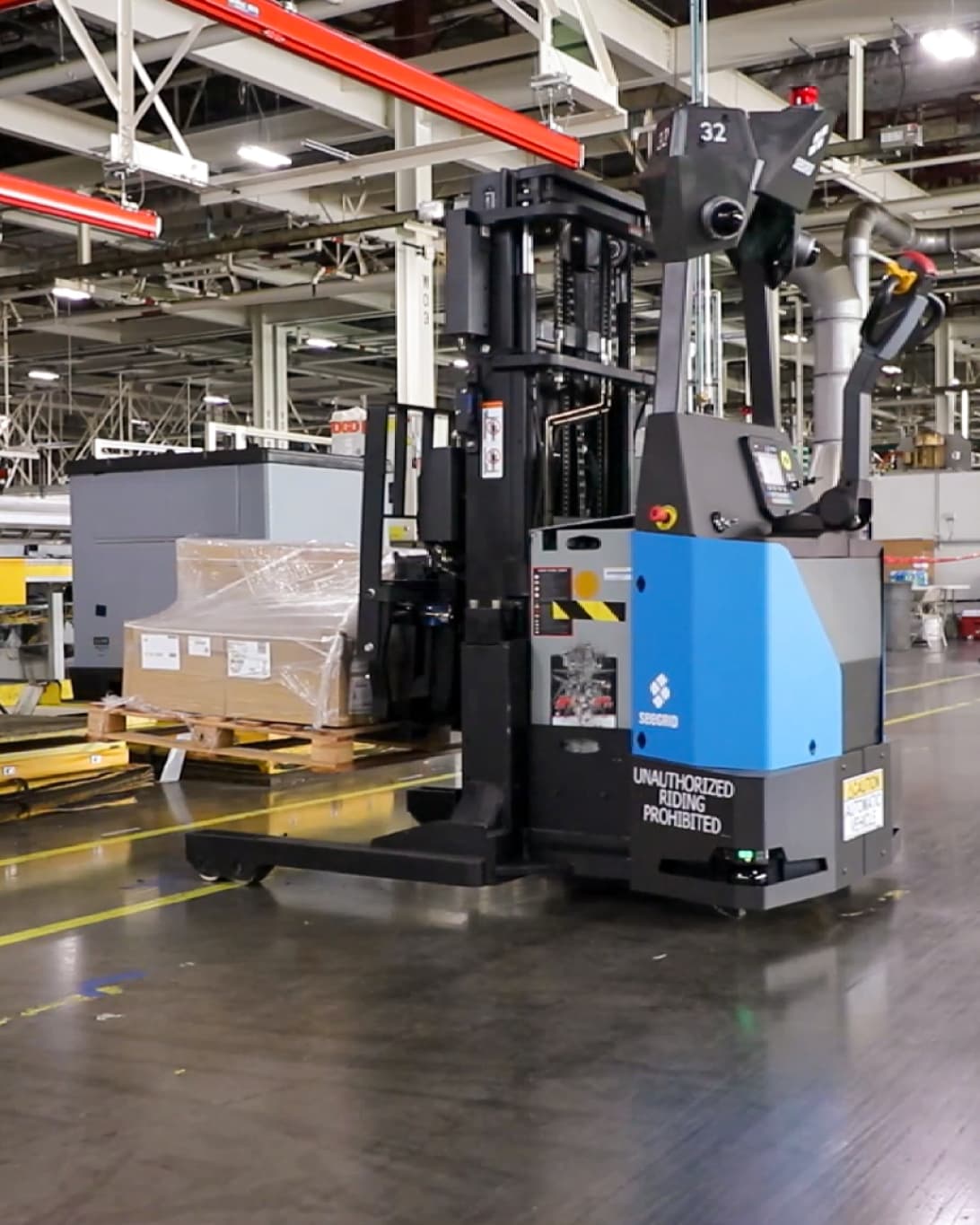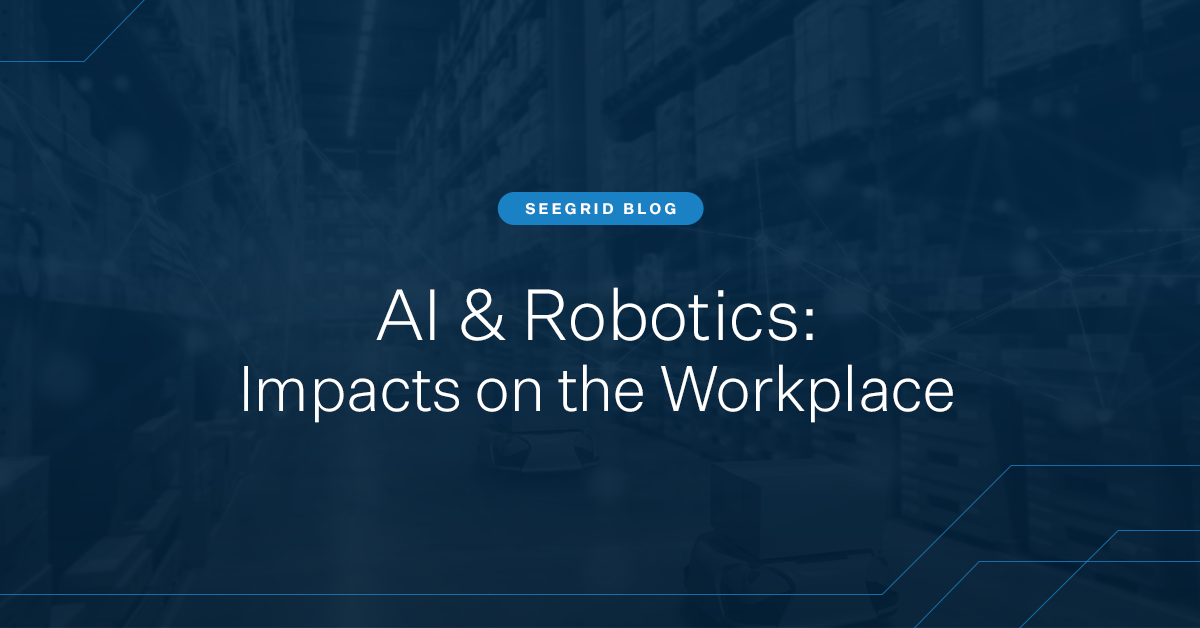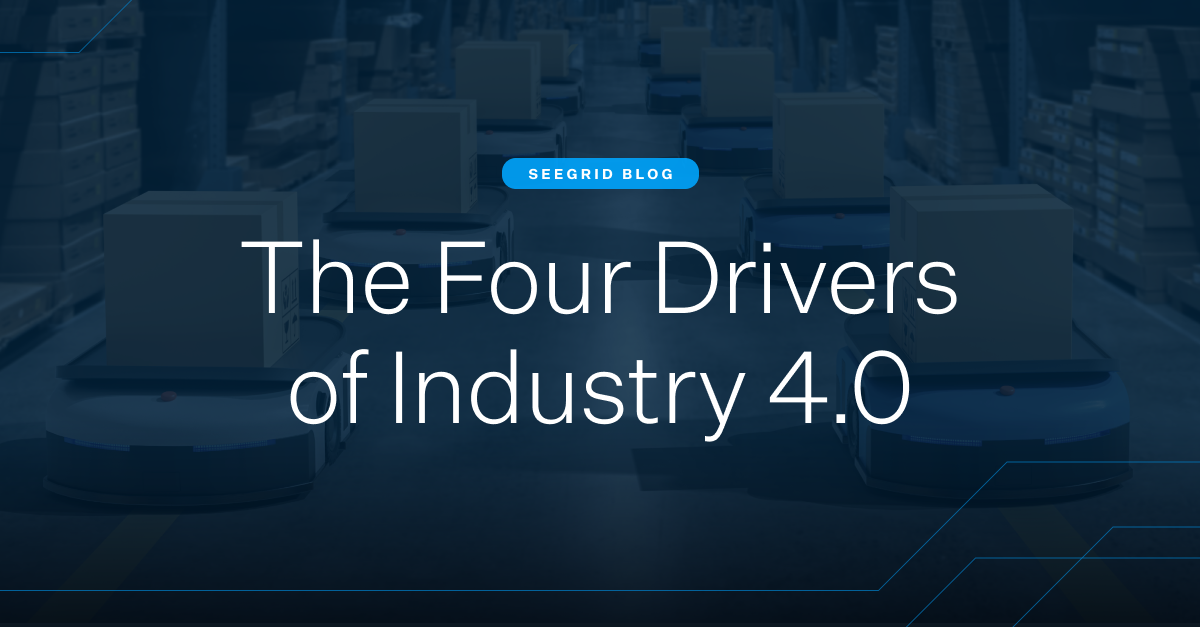Today’s facility managers of operations large and small are faced with this tough question: to automate or not to automate? It’s true that automated warehouse solutions, such as autonomous mobile robots (AMRs) can be a large investment, but the jump to automation is not as difficult as some may believe. Did you know that you can implement a fleet of AMRs while production is running to avoid costly downtime? And that you can expect to see a return on your automation investment in six to 24 months?
If you’re on the fence about making the leap to automation, check out these five advantages of automation to help with your decision.
1. Improve Safety
Manual material handling is dangerous. Manual forklifts alone are responsible for 97,000 injuries and fatalities every year in the United States. Also, warehousing, manufacturing, and manual process jobs in the supply chain often lead to long-term musculoskeletal injuries caused by poor ergonomics and repetitive, tedious tasks.
Automation is at the core of successful safety initiatives. AMRs are consistent, reliable, and predictable, so the people who work alongside them know what to expect of their movements. Seegrid Palion AMRs see, understand, and learn by fusing a computer vision system with real-time sensor data to reliably navigate in busy, ever-changing industrial environments. In fact, Seegrid Palion AMRs move billions of pounds of materials each month and have safely driven millions of autonomous miles in real production facilities without a single personnel safety incident.
Automation also helps employees’ emotional well-being. Driving manual heavy machinery is an incredibly stressful job. Facility floors are high-traffic areas that require a driver’s complete focus for hours at a time. Mundane tasks can be draining and lead to burnout quickly. Introducing AMRs to a facility doesn’t replace human workers; rather, they allow humans to transition to safer, more satisfying, and intellectually challenging career opportunities, including data analytics and AMR fleet monitoring positions.
2. Increase Operational Visibility
It’s impossible for a facility manager to see all the moving parts and workflows at once without the right tools. Automating operations allows leaders to keep track of not only the productivity of each robot and operation as a whole, but also use historical data to inform future productivity decisions.
Effective automation solutions pair AMRs with data-collecting software platforms to create a unified dashboard of every automated robot. Seegrid Fleet Central enterprise software solutions deliver real-time visibility and control of your Seegrid Palion AMR fleet. Fleet Geek analytics software provides a holistic, data-driven view of material flow throughout facilities to improve performance, drive adoption, and increase efficiencies. Facilities can easily track deliveries, monitor AMR performance, and boost productivity to maximize the value of their fleet. For example, the intuitive dashboard can show times of low utilization or bottlenecks, which would prompt a manager to redeploy or add an AMR to get the most productivity out of every minute.
3. Lower Operational and Labor Costs
Contrary to popular belief, artificial intelligence and robotics are not going to take everyone’s jobs. Labor shortages continue to be one of the biggest hurdles for material handling facilities, especially as order volumes outpace the labor supply. With facilities working overtime to fill customer orders, the cost of human labor continues to climb. AMRs can quickly be implemented and get to work to help ease the strain of finding and retaining a human workforce.
According to lean methodology, the transportation of materials is often seen as a waste of resources. Properly designed automated systems can safely eliminate non-value-added activity to enable a consistent flow of materials, add agility, and increase productivity while reducing costs.
Additionally, manual labor safety incidents can be costly. Annually, nearly $171 billion is spent on work injury costs, including wage and productivity losses, medical expenses, and administrative expenses. AMRs make facilities safer because mobile robots always follow the rules and never get distracted, working seamlessly and tirelessly alongside human workers 24/7. By automating hazard-prone tasks, the human workforce can become more engaged and satisfied while focusing on safer, more cognitive tasks.
4. Boost Productivity and Accuracy
Facility managers aiming to boost productivity and accuracy should definitely look into industrial automation. Warehouses, manufacturing plants, and order fulfillment operations are incredibly busy places. Employees rush from task to task. Human error is inevitable. In one year, S&P companies lost $150 million due to human error, and 23% of manufacturing downtime was caused by human error.
AMRs always stick to their trained routes meaning that facility managers will know how much output to expect at the end of every day, every shift, or even every hour. The predictability of AMRs ensures that they accurately retrieve, transport, and deliver the correct product on time, every time.
5. Build an Agile and Scalable Operation
An automated facility is agile and scalable. A pivot in industry and customer demands can happen at any time, and when organizations rely on manual work, they must invest weeks, or even months, to hire and train new employees as new workflows are introduced.
Facility managers can add AMRs to their fleet at any time and do so with next to no downtime. This flexibility makes it easier for companies to respond to disruptions, changes, and expansions. Seegrid Palion AMRs can be trained and retrained by facility staff without the oversight of a Seegrid engineer. Palion AMRs’ vision-guided technology means that they do not need additional infrastructure to complete their tasks.
When Is the Best Time to Automate?
The future waits for no one, and automation is the pathway to success. An automated process is more accurate, safer, and more cost-effective than a manual process, giving automated facilities a competitive advantage.
To learn more about the advantages of automation, apply for a facility scope to get started on your automation journey.
Infographic: Mapping the Route to Automation Success
Download this infographic to learn how to drive results and continuous improvement with AMRs and data analytics.







